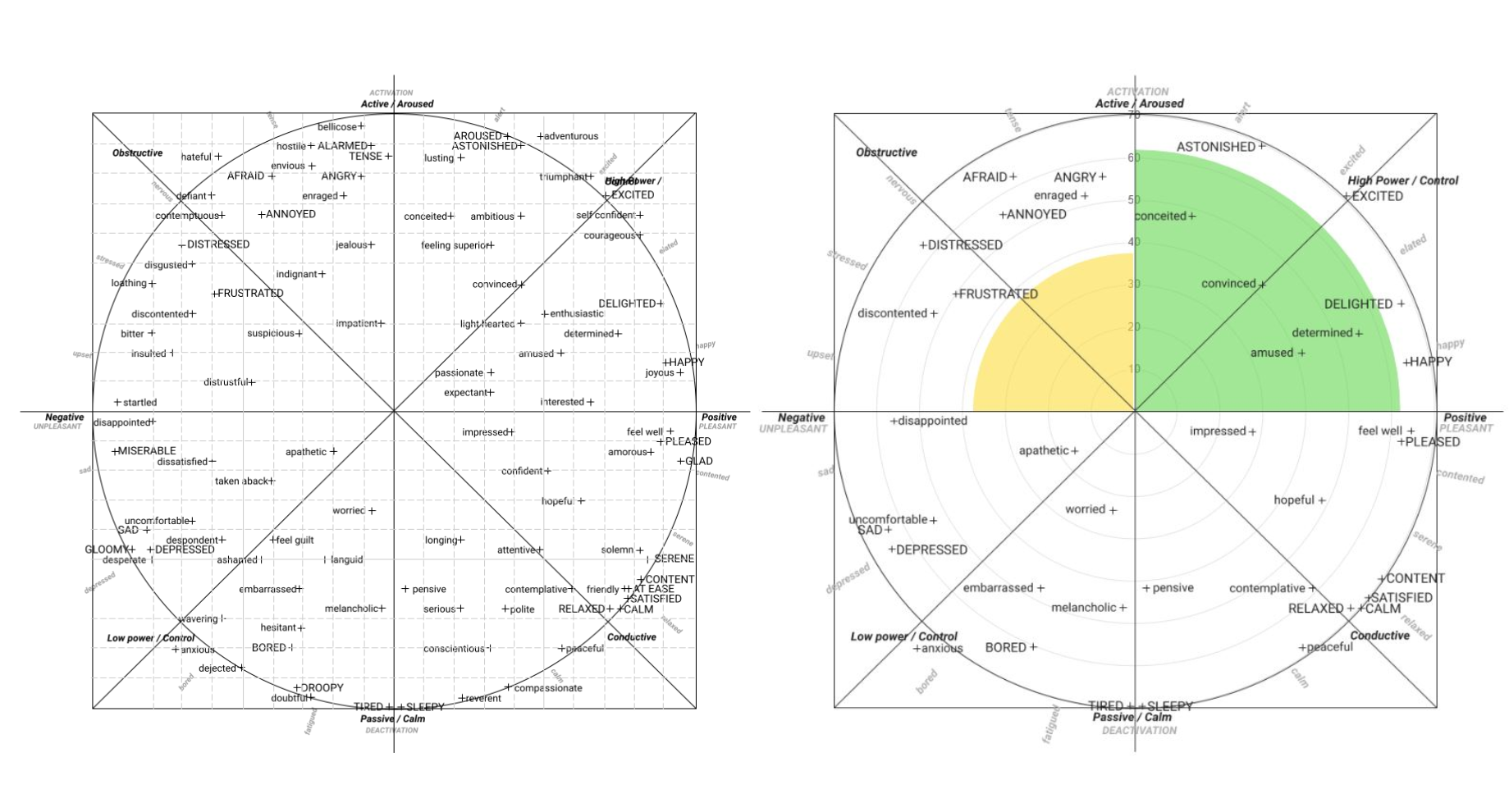In today’s digital age (2024), the interplay between artificial intelligence (AI) and user privacy is a focal point of many technology and lawyerly discussions. One area where this interaction is particularly pronounced is FER (Facial Expression Recognition) technology.
Is it possible to exploit FER without violating user privacy and human rights?
Absolutely! And the path lies in meticulous compliance with the General Data Protection Regulation (GDPR) and other relevant privacy regulations. That’s how:
Local Processing:
The AI software should operate solely within the confines of your device’s browser or web application. This localized processing ensures that no data traverses beyond your device, maintaining a tight lid on privacy.
No Data Retention:
The software must be designed to neither record nor store any image or personal information like IP addresses, Device IDs, or email addresses. This way, your digital footprint remains intact.
Anonymous Statistical Data:
Any data transmitted to the service server should be purely statistical in nature, reflecting merely incremental changes in counters. Such data remains entirely anonymous, making it impossible to trace back to you or your device.
So, is there software that incorporates these privacy-focused principles?
Yes, MorphCast does this. MorphCast was in fact born with the main objective of defending the rights of users while providing valuable data to the host site or web app. This allows operators to make informed decisions based on scientifically based emotional analyzes without invading the privacy of their users.
Discover MorphCast’s innovative approach at www.morphcast.com. Learn more about its detection capabilities and how it ensures user privacy and rights, making it a pioneer in harmonizing emotion recognition technology with rigorous privacy standards: How MorphCast Emotion AI works – Responsibility, Transparency and Clarity.




